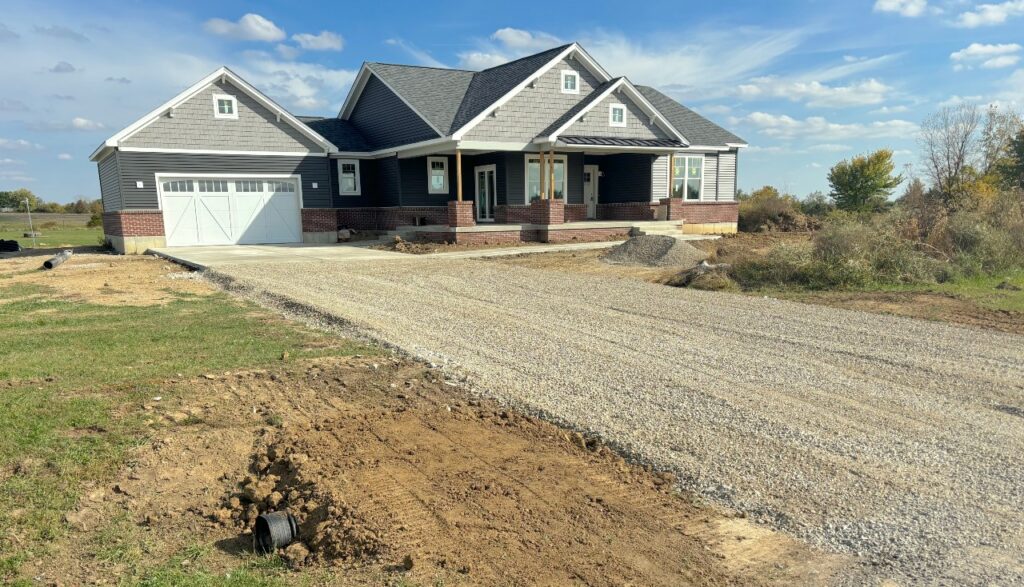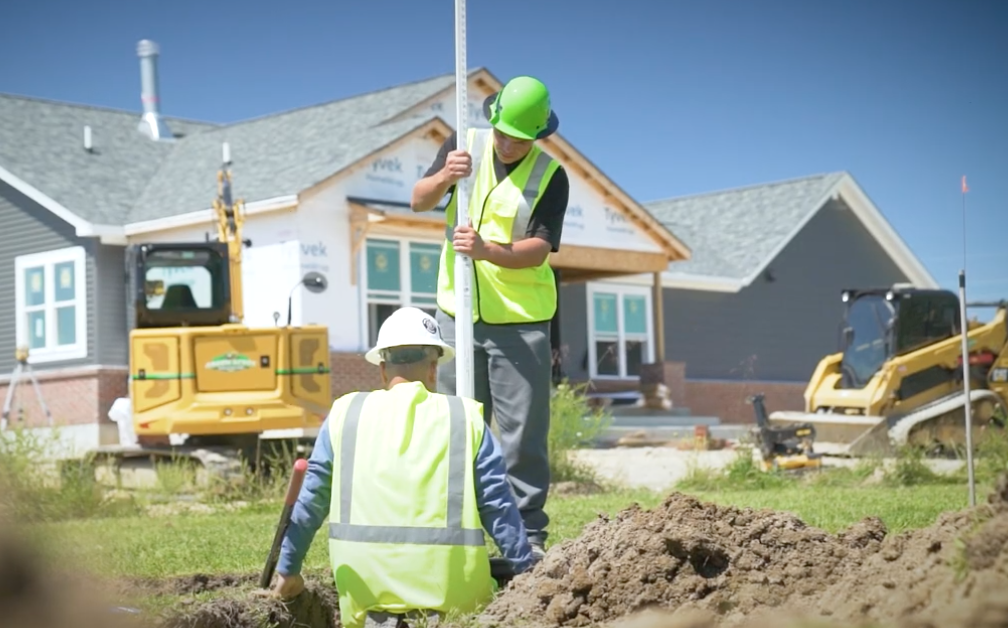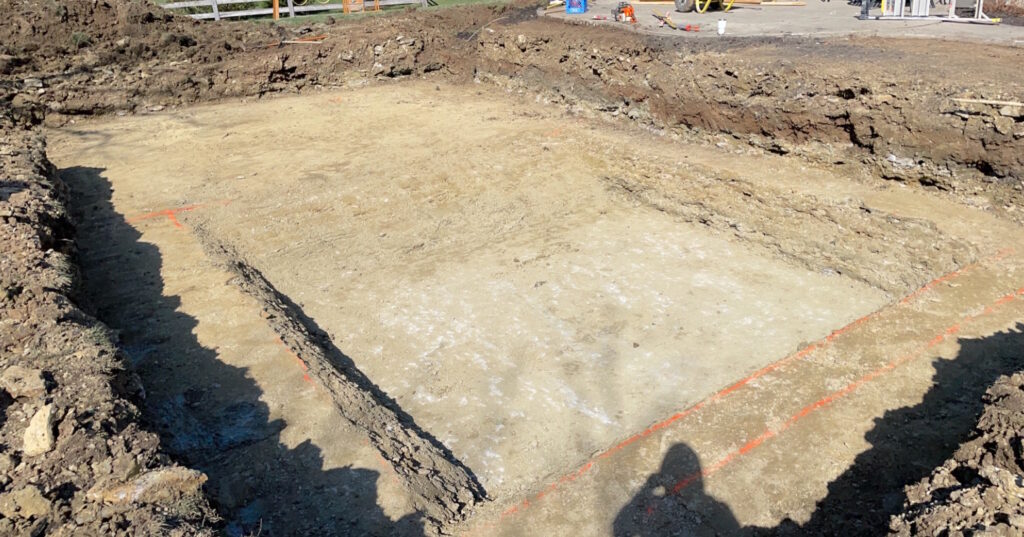Services
Our Services
Professional, Dependable Excavation Services
As professional excavation contractors, we have the expertise, equipment, and knowledge to efficiently and accurately complete excavation services for a variety of projects. Throughout any excavation process, safety measures are implemented to protect workers, property and the surrounding environment. Contact us to discuss your project.

Commercial Development
Excavation for commercial development involves preparing the site for building by digging, removing and reshaping soil and other materials. This could include clearing the land, excavating the site to the required depth and dimensions then backfilling and compacting the excavated areas to provide a stable base for construction.
Excavation for commercial development often involves larger-scale projects, including grading the land to achieve the desired elevation and contours, creating parking lots, access roads and landscaping features, and installing utilities such as water, sewer and electric lines.
Overall, excavation for commercial development requires careful planning, coordination with other trades, and adherence to safety protocols to ensure the successful preparation of the site for development.

New Home Construction
Excavation for new home construction also involves preparing the site for building by digging, removing and preparing soil for construction. It also includes clearing the land, excavating the site to the required depth and requirements then backfilling and compacting the excavated areas to provide a stable base for construction.
For new home construction, excavation involves digging trenches for foundation walls, footings, and basement floors, as well as creating space for septic systems, if applicable. The excavation process must adhere to local building codes and regulations, as well as engineering standards, to ensure the structural integrity of the development.
Like Commercial Development, excavation for new home construction requires careful planning, coordination with other trades, and adherence to safety protocols to ensure the successful preparation of the site for building.

Grading and Draining Solutions
Excavation for grading and drainage work involves altering the terrain to achieve proper surface slope and water runoff management. This process typically includes marking the area, determining the desired slope and drainage patterns, excavating the site to the required depth and dimensions, removing soil and other materials as needed, and then shaping the land to achieve the desired grade.
Additionally, installation of drainage systems such as culverts, catch basins, and French drains may be necessary to direct water away from structures and prevent erosion. Excavation for grading and drainage work requires careful planning, accurate measurements, and adherence to engineering standards and local regulations to ensure effective water management and erosion control.

Septic and Sewer Installations
Excavation for septic tanks and sewers involves digging trenches or holes in the ground to install underground sewage systems. The process typically includes marking the area, obtaining necessary permits, excavating the site to the required depth and dimensions, removing soil and debris, and then installing the septic tank or sewer pipes according to local regulations and engineering specifications.
After installation, the trenches are backfilled, compacted, and the site is restored to its original condition as much as possible. Excavation for septic tanks and sewers requires careful planning, proper equipment, and adherence to safety protocols.

In Ground Pool Excavation
Excavation for an in-ground pool installation involves digging a large hole in the ground to accommodate the pool’s shape and size. Typically, heavy machinery such as excavators or backhoes is used to remove soil and create the desired depth and dimensions. The excavation process must be precise to ensure proper alignment and support for the pool structure. It also involves removal of any rocks, roots, or debris that may interfere with the pool’s foundation. Proper drainage and grading are essential to prevent water accumulation around the pool area.
Once the excavation is complete, the pool installation process can proceed, including the placement of plumbing, reinforcing steel, and the actual pool structure.
